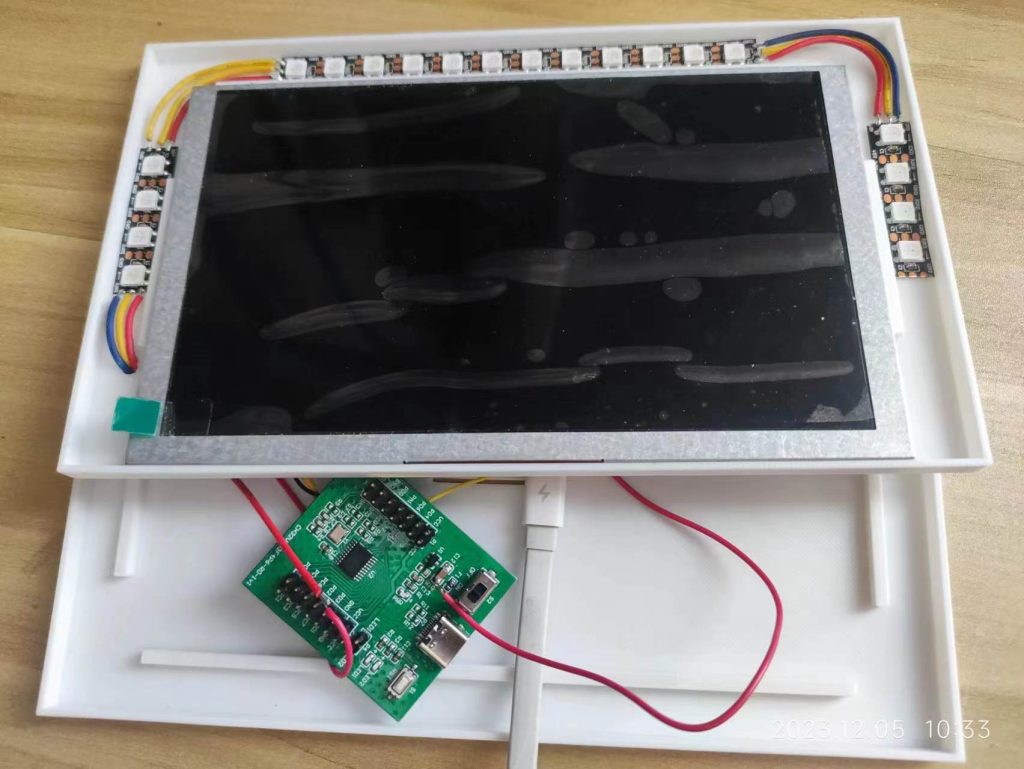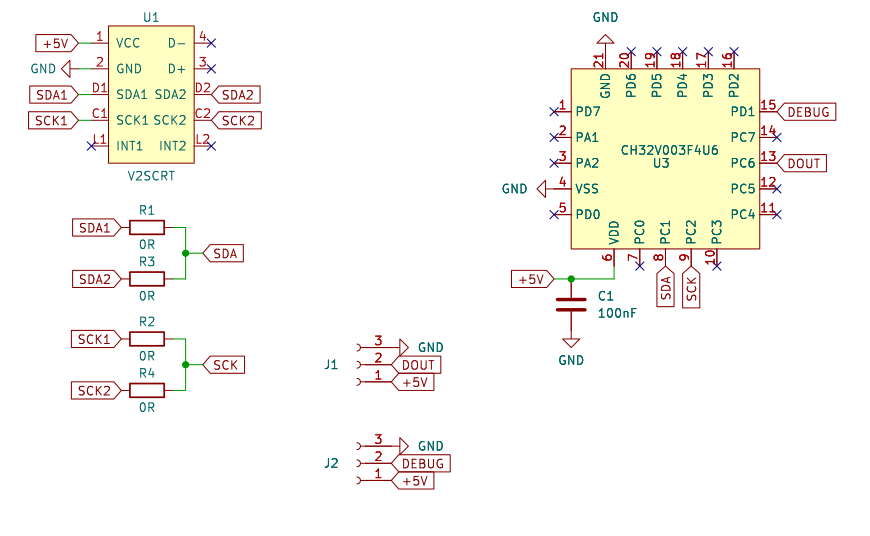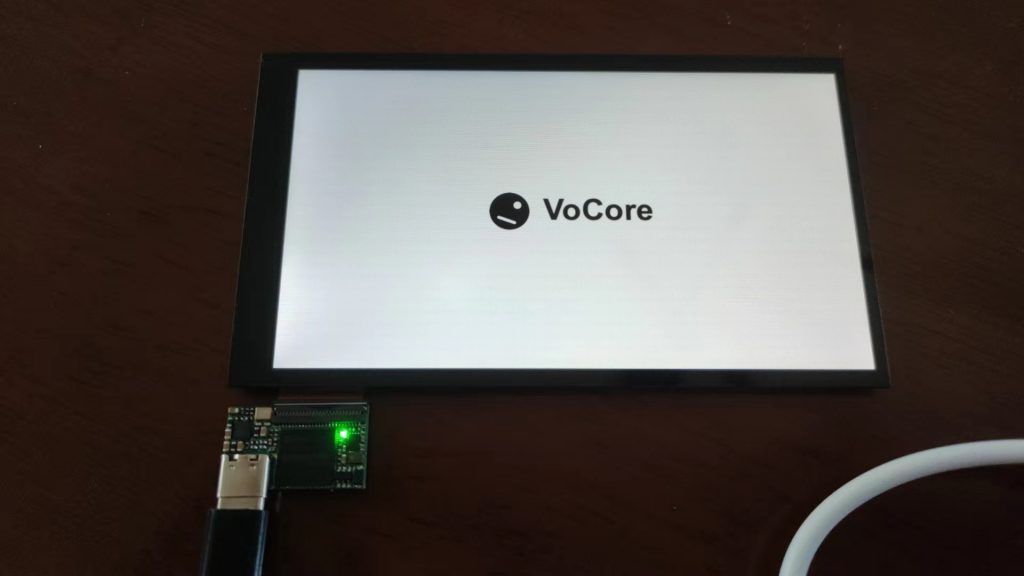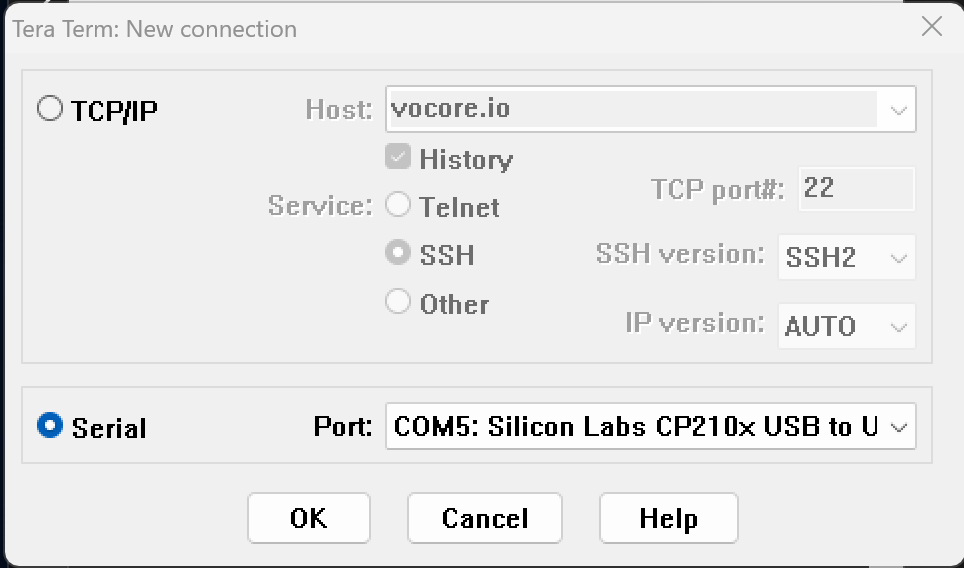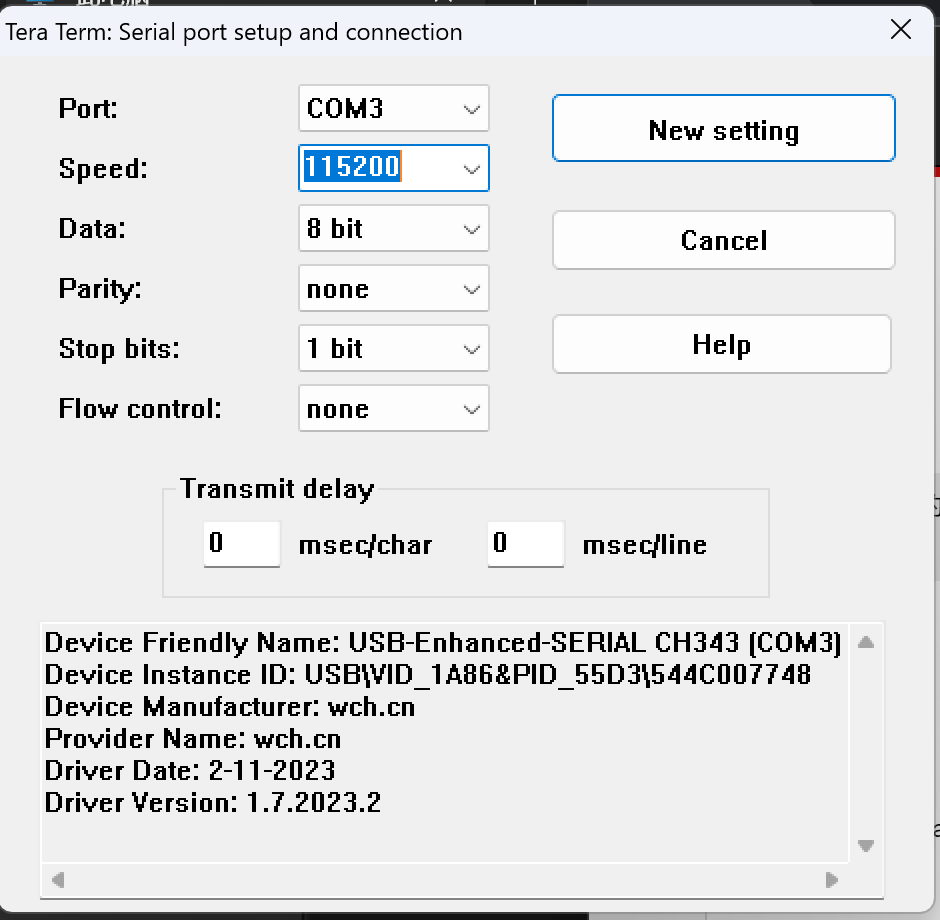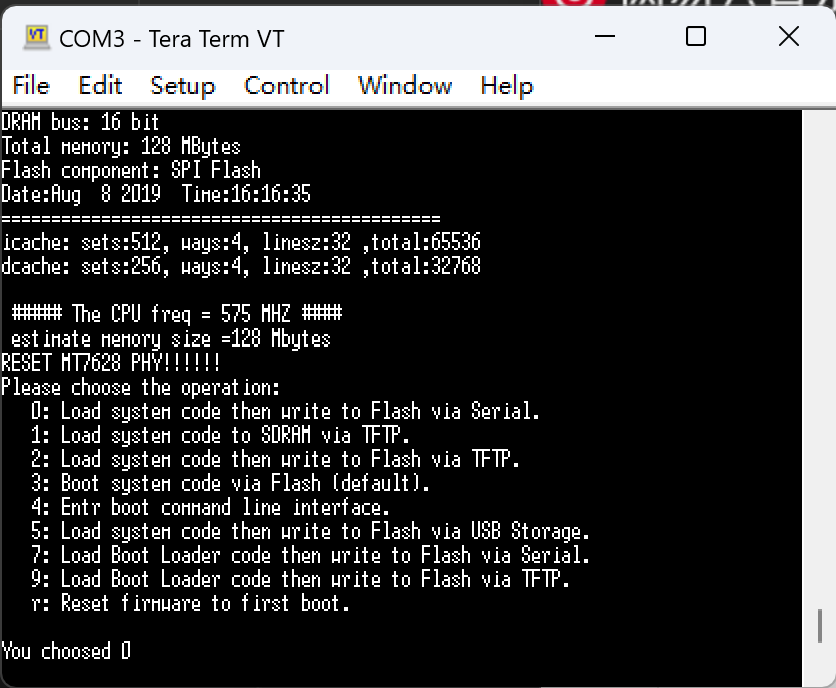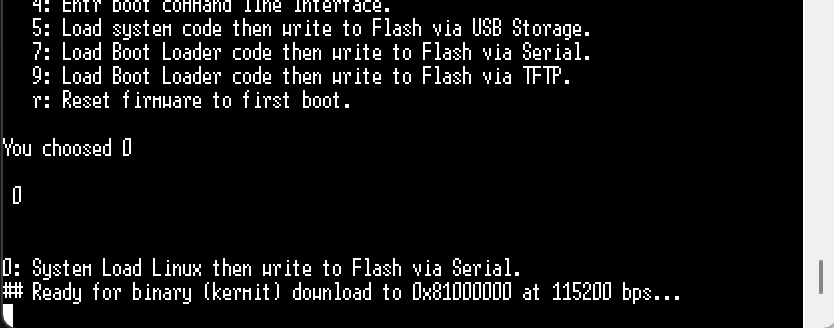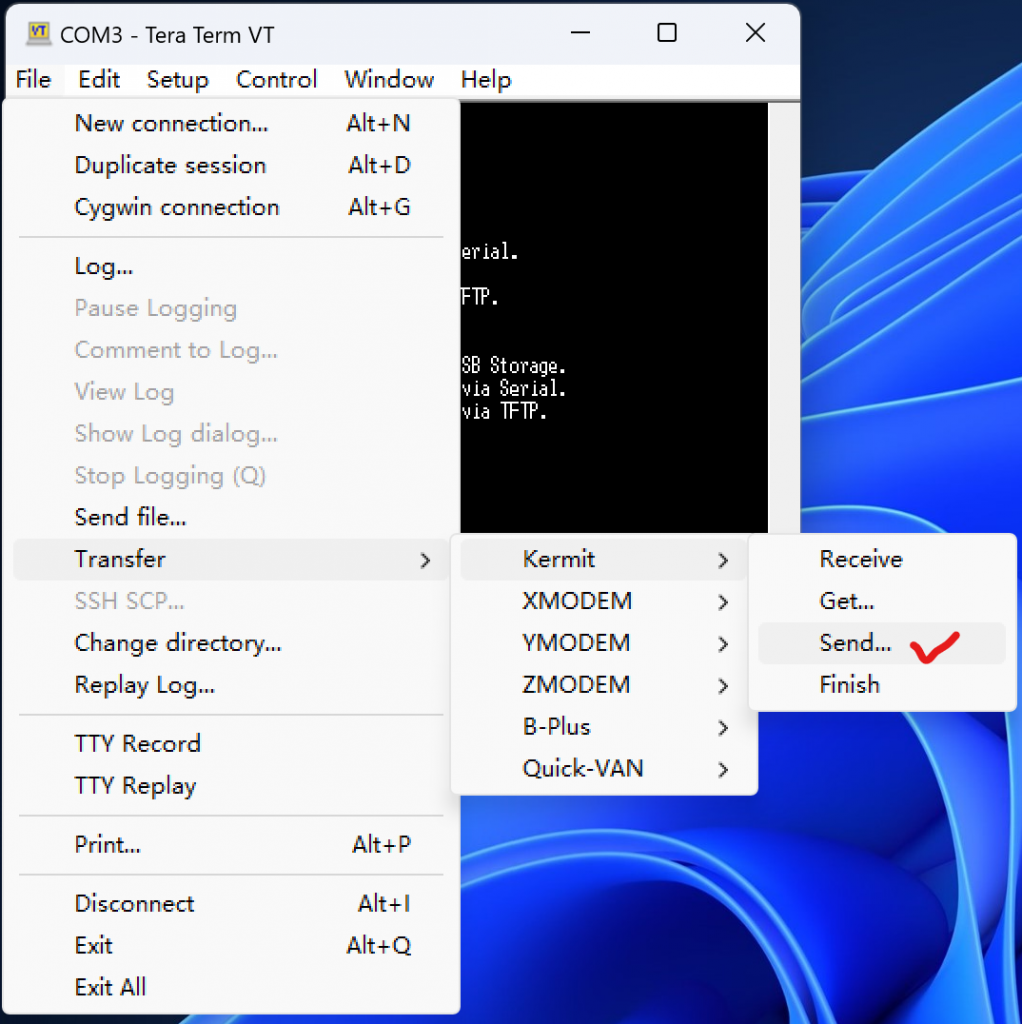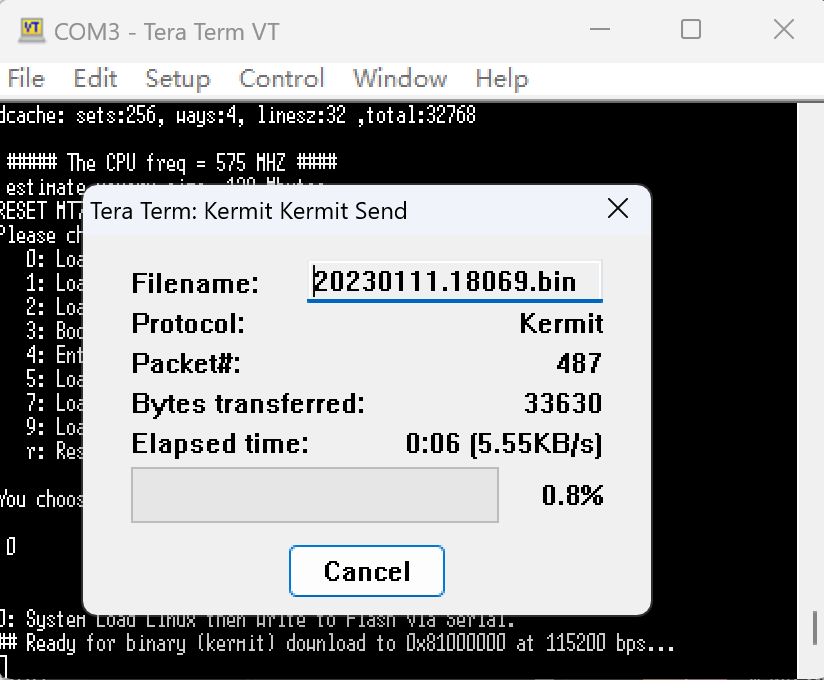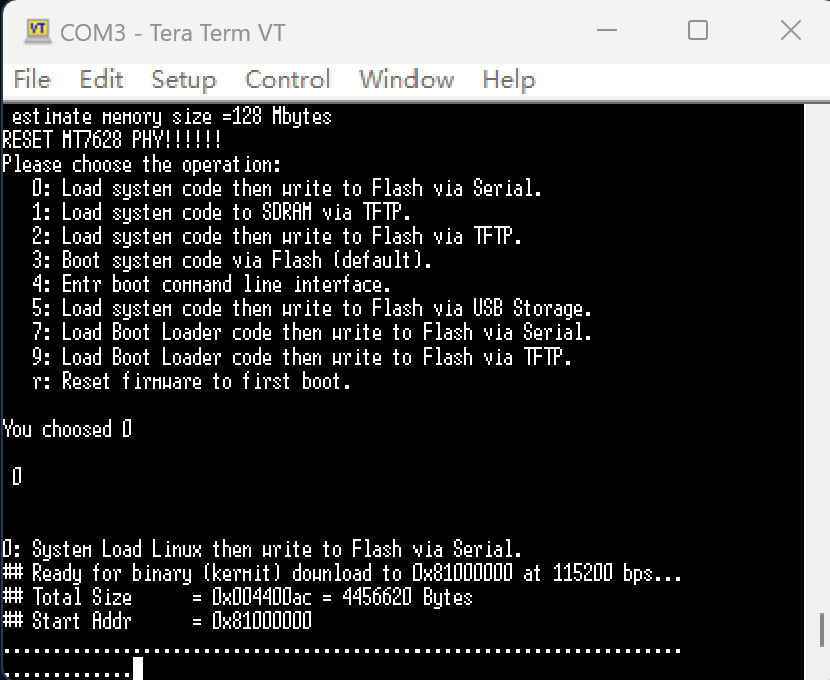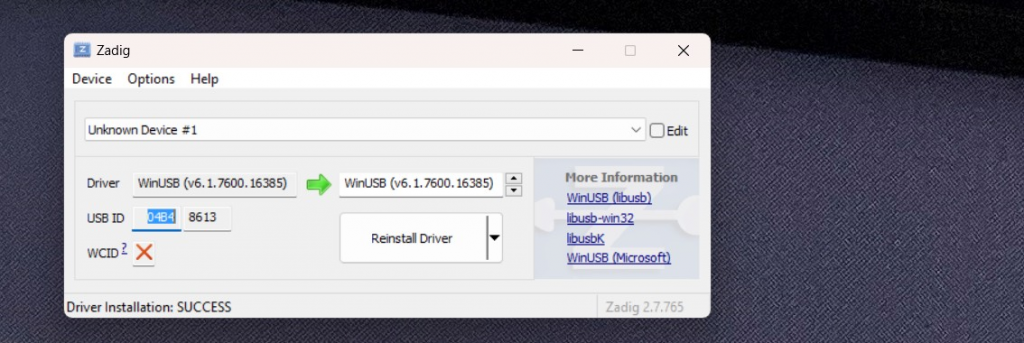Current VoCore2 PoE version is based on MAX5987AETE, which has become too expensive and can no longer be afforded. Since last year, we have been searching for a new solution, but finding one with low power consumption and smaller size has proven to be difficult. After considering various options, the best balance solution for VoCore2 Ultimate + PoE was ultimately chosen.
The new solution is superior to the MAX5987AETE solution in most aspects, as it significantly reduces heat and allows for greater power delivery to devices. Additionally, this new solution simplifies the bill of materials (BOM) while maintaining a cost that is only one-third of the 5987 solution’s price.
Due to the reduced costs associated with this new solution, we are pleased to announce that the VoCore2 Ultimate + PoE’s price has been lowered from $44.98 to just $29.98, new version will start to ship after Chinese New Year.
The new version PoE also open source, have fun. 🙂
